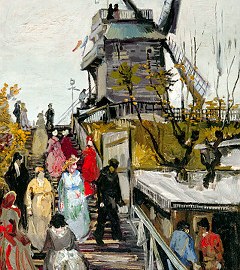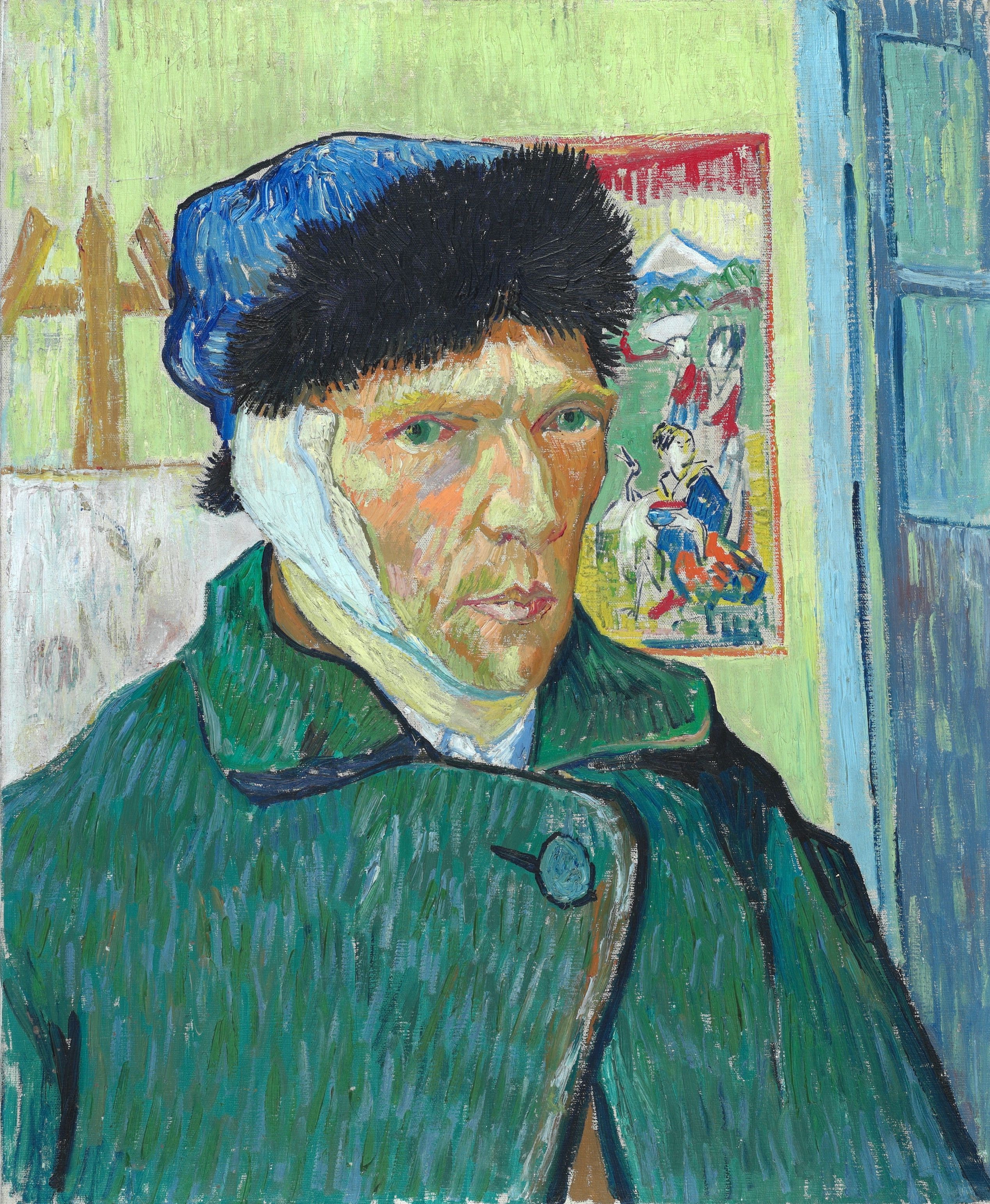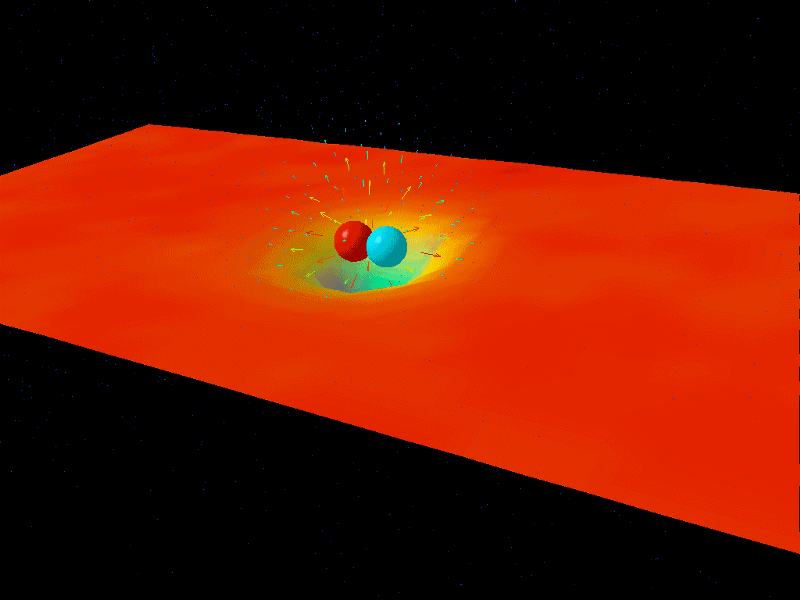Missing Link: New Van Gogh Painting Authenticated

Just when you think you’ve seen them all, a new Vincent Van Gogh painting rises from seemingly nowhere. An 1886 painting titled Le Blute-Fin Mill (pictured) recently became the first “new” Van Gogh to be authenticated since 1995. What new things does this painting tell us about the Van Gogh we thought we knew? More importantly, what does this painting tell us about the Van Gogh who never was?
An art curator named Dirk Hannema bought Le Blute-Fin Mill in 1975 from a Parisian antique and art dealer for 5,000 Dutch guilders ($2,700). Convinced he had a genuine Van Gogh in his hands, Hannema immediately insured the painting for 16 times more than what he paid. Alas, Hannema couldn’t convince anyone else that the painting was the genuine article. The almost cheery demeanor of the painting and the scene of multiple people climbing stairs in the Montmartre district of Paris near a mill seemed too different from other Van Goghs, although the prominence of the mill itself jived with other works by him. This almost happy painting couldn’t be from Vincent’s fevered brain, conventional wisdom held. Hannema hung Le Blute-Fin Mill in his home until his death in 1984, going to his grave certain that he was right and everyone else was wrong. Nearly a quarter of a century later, the experts finally agree with Dirk.
In defense of the critics who rejected Hannema’s claims, Hannema’s curatorial judgment was questionable. In the 1930s, Hannema bought what he thought was a Vermeer that later proved not to be. But in defense of Hannema, the Vermeer craze of the 1930s and 1940s, fueled in no small part by a large number of art forgers and the collecting lust of prominent Nazis such as Hitler and Goering, clouded the judgment of many minds in the art world. Unfortunately, however, Hannema could never shake the tag of crackpot when it came to spotting lost masterpieces.
What I find most interesting about this new discovery is how it represents a “missing link” in the evolution of the artist we know now as “Van Gogh.” In 1886, Van Gogh came to Paris and discovered the Impressionists, leaving behind the dark palette of his Potato Eaters days. It was a moment in his life when several possibilities loomed before him. When first looking at Le Blute-Fin Mill, I thought it was a pale imitation of an early Monet, or maybe even Monet’s sensibility passed down second or even third hand to the impressionable young Van Gogh. I picture this painting as the moment when Van Gogh came to two paths converging in a wood and chose the path less taken, which has made all the difference to him, and to us.
Imagine for a moment Van Gogh taking the other path. Imagine a parallel universe where Van Gogh never develops his feverish style, follows Monet and the other Impressionists, never breaks down, and never dies in his romantically tragic way. Imagine a Van Gogh who find love and settles down, who happily grows old with children bustling about, and who never needs to cut off his ear on a lonely Christmas Eve. Do we even learn the name of that Van Gogh? Is the mythos of the tortured genius, which goes beyond Van Gogh but owes much of its power to fascinate from him, ever the same?
To me, Le Blute-Fin Mill will always be a fascinating “What if?” Just as limbs of the family tree of human evolution branched out and withered, never to be heard from again in the long march to who we are as a species, here is a branch in the family tree of art history that withered and died, perhaps for the betterment of art itself, if not for the personal welfare of Van Gogh himself. Van Gogh didn’t need to be “Van Gogh.” But we still need him to be.




